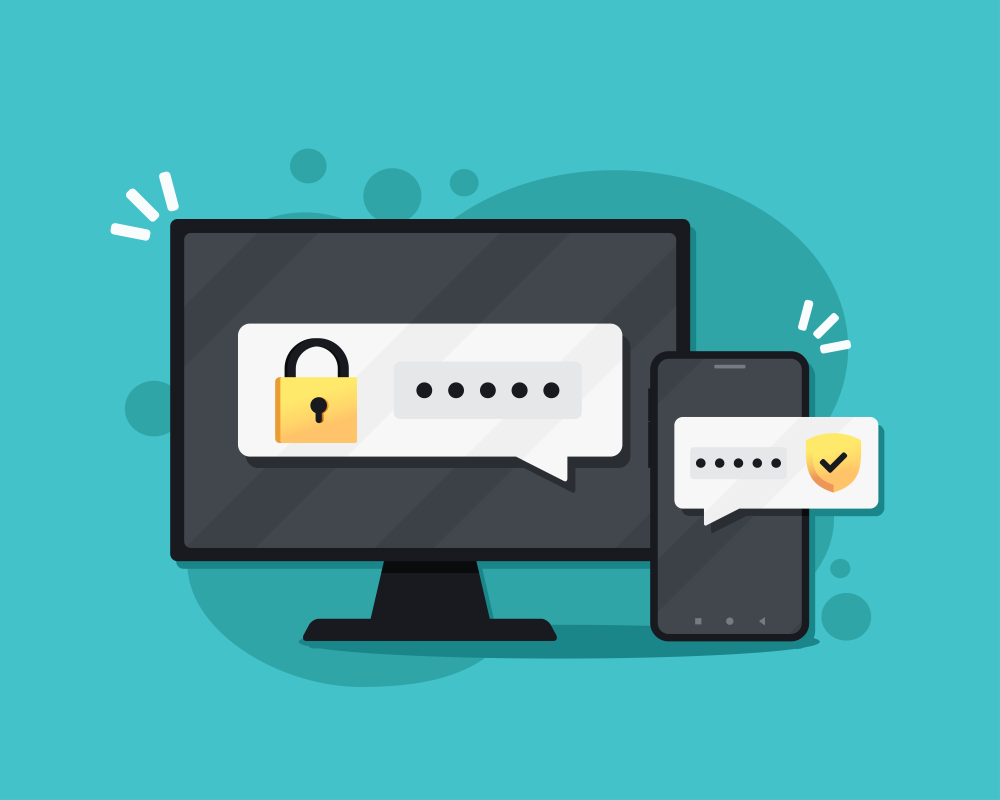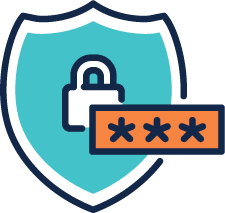
Two-Factor Authentication (2FA): Enhance your Cyber Defenses
 In our fast-paced digital world, threats hide behind every corner in our cyber dependent society. Safeguarding our online identities demands more than just passwords now. Enter Two-Factor Authentication (2FA), created to protect both users’ information and access to resources. Having your system run on a 2FA security creates a greater shield from hackers trying to steal your information.
In our fast-paced digital world, threats hide behind every corner in our cyber dependent society. Safeguarding our online identities demands more than just passwords now. Enter Two-Factor Authentication (2FA), created to protect both users’ information and access to resources. Having your system run on a 2FA security creates a greater shield from hackers trying to steal your information.
Two-Factor Authentication (2FA)
2FA is a shield that demands two different authentication factors for account access:
Knowledge Factors ——–
Knowledge Factors is the most common factor that users are aware of. This contains passwords or personal identification number (PIN)
Possession Factors ——–
Possession Factors is something that a user could physically have. Whether that be an iPhone or a Smart Phone but could be as small as an ID Card.
Biometric Factors ——–
Biometric factors also called Inherence factors is something based off a user’s physical self. This could be anything from a Face ID to a fingerprint scan.
Location Factor ——–
Location Factor is one that isn’t talked about as much but is still predominant. Using location data security software can better understand if the behavior of where the user id trying to connect form. By doing this making it easier to find outliers that could be potential attacks.
Time Factor ——–
Finally, when have a time factor. You may see this when resetting an email password or getting a onetime password through a text message. This creates a temporary password for access for a certain amount of time, creating a timer of when someone can access the information and builds security against cyber-attacks.
Conclusion
Two-Factor Authentication stands as a formidable safeguard against cyber threats, offering an additional security layer to shield our digital identities and information. With these new security measures, the benefits in risk mitigation and data protection are extensive. As technology evolves, refining 2FA methods remains critical in preserving digital security without compromising user information. Balancing these factors will fuel the continual advancement of 2FA in our ever-evolving cyber landscape, fortifying our defenses against cyber criminals.
Related Articles: